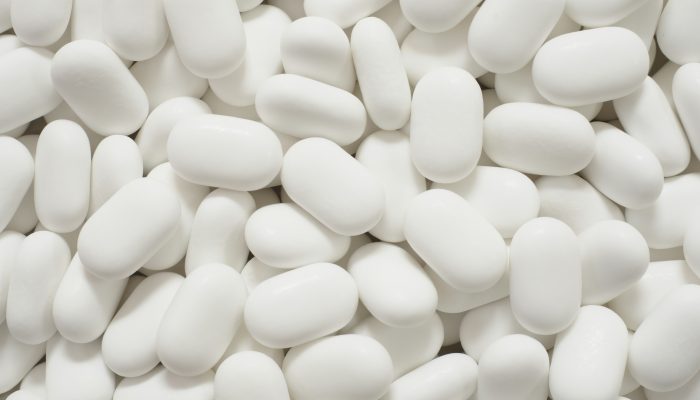Years ago, domestic methamphetamine users would make their own drugs, sometimes shaking up cold medicine and camp fuel cocktails in plastic pop bottles.
The days of domestic drug production by way of local meth labs are long gone, according to the Drug Enforcement Administration’s 2024 National Threat Assessment, as well as interviews with numerous law enforcement sources in South Dakota.
According to the DEA assessment, nearly all the nation’s meth, fentanyl, heroin and cocaine comes from across the southern U.S. border, and the Sinaloa and Jalisco cartels in Mexico.
Those drugs – and the influence of the cartels that control the business, by extension – are everywhere, the DEA says.
The word “cartels” carries considerable weight in the current showdown between Gov. Kristi Noem and the state’s nine tribal nations. Noem has painted reservations as safe havens for cartel members and hubs of drug and human trafficking. She’s accused tribal leadership of personally benefiting from a cartel presence. Tribal nations have responded by banning Noem from their lands.
Brendan Johnson, a former U.S. attorney for South Dakota, said it’s unfortunate that the comments have some South Dakotans believing cartels are based on reservations, when in reality they’re targeting communities across the state.
“Suggesting that there’s some sort of pipeline between Mexico and the reservations is silly,” Johnson said. “It would be tantamount to saying, ‘Yeah, the cartels are really focused on Ipswich.’ That’s stupid, and people wouldn’t believe it. Unfortunately, people are more inclined to believe it (about reservations), because they have less knowledge on the reservations.”
Tribal leaders have rejected claims that reservations are the primary source or target for drug trafficking, and have called Noem’s remarks racist, divisive, unsubstantiated and discriminatory.
“Her remarks were made from ignorance and with the intention to fuel a racially based and discriminatory narrative towards the Native people of South Dakota,” Rosebud Sioux Tribal Chairman Scott Herman said in a March 15 statement.
South Dakota: Not a hub, but not immune
Steven Bell, based in Omaha, is the special agent in charge for a U.S. Drug Enforcement Administration region that includes North and South Dakota, Nebraska, Iowa and Minnesota.
In the Upper Midwest, it’s “lower population, fewer cases, fewer ties” to the cartels, he said.
“But it’s important to note that in all of the states, we have been able to tie back our investigative activity back to the cartel presence,” Bell said. “In our rural areas, we’ve developed information where we have actual individuals and undercover agents and officers in direct contact with known members of the cartel.”
There are a few other risk factors to consider in rural areas, Bell said, inclusive of tribal areas. First, drugs generally fetch higher prices in smaller communities, as they tend to be further from the source and users have fewer options for purchasing them. Second, there could be fewer law enforcement officers on patrol to notice trafficking.
Even so, Bell said, drugs generally flow from larger communities to smaller ones, not the other way around.
You can read the full article at South Dakota Searchlight.

